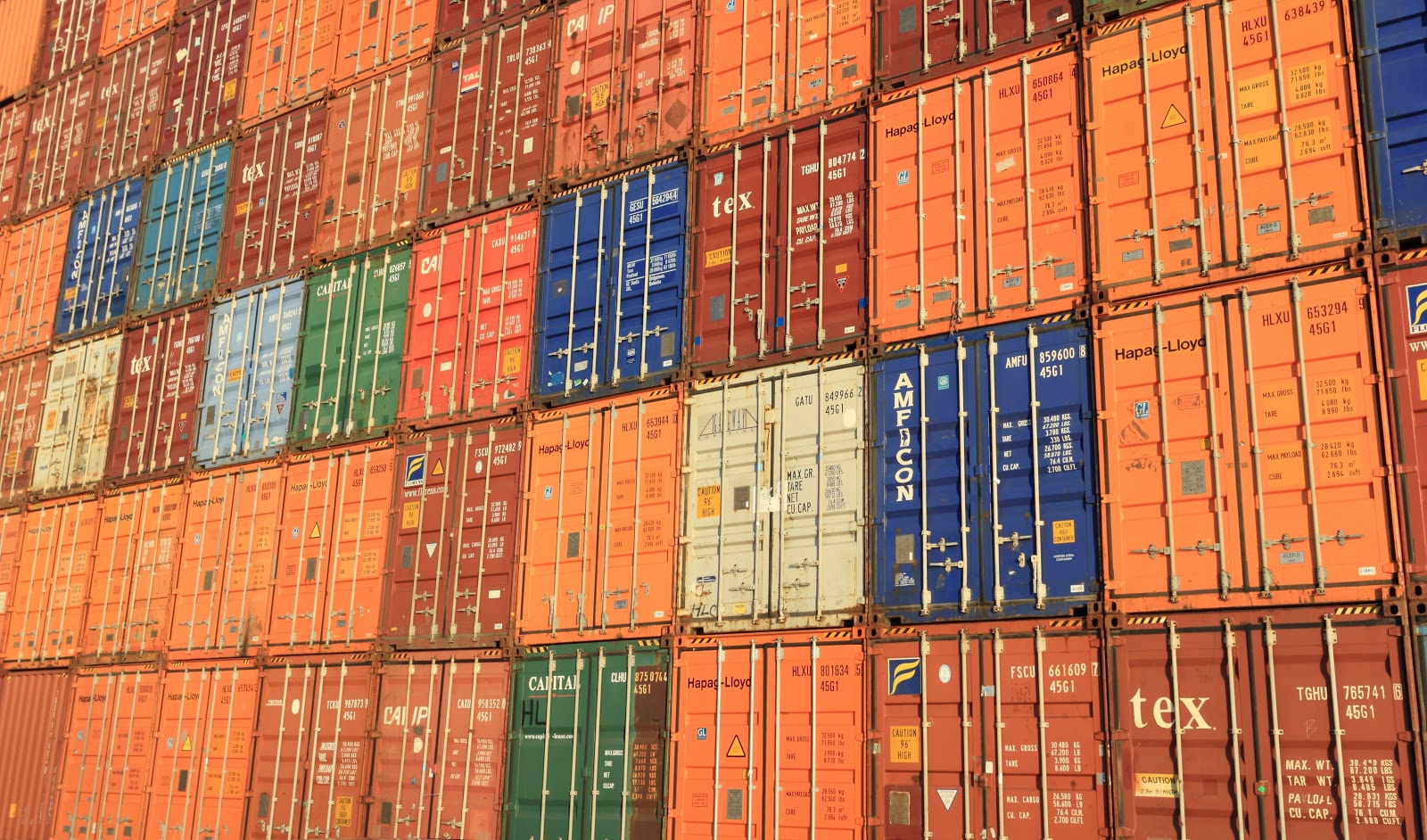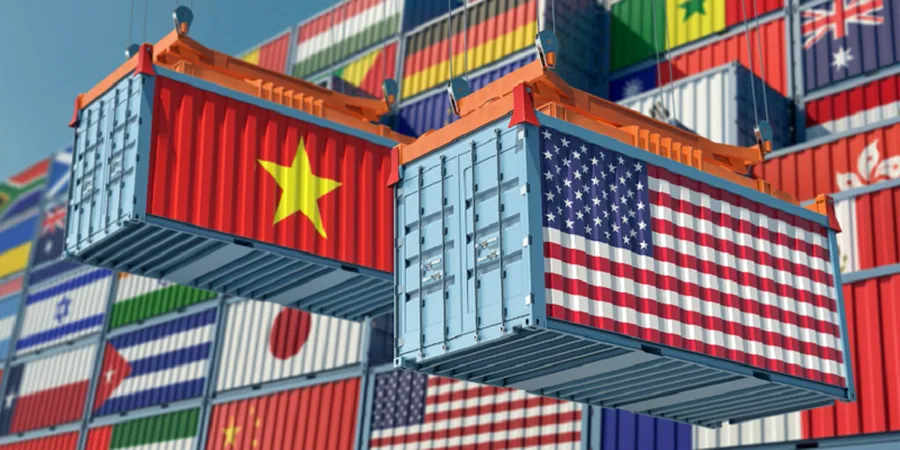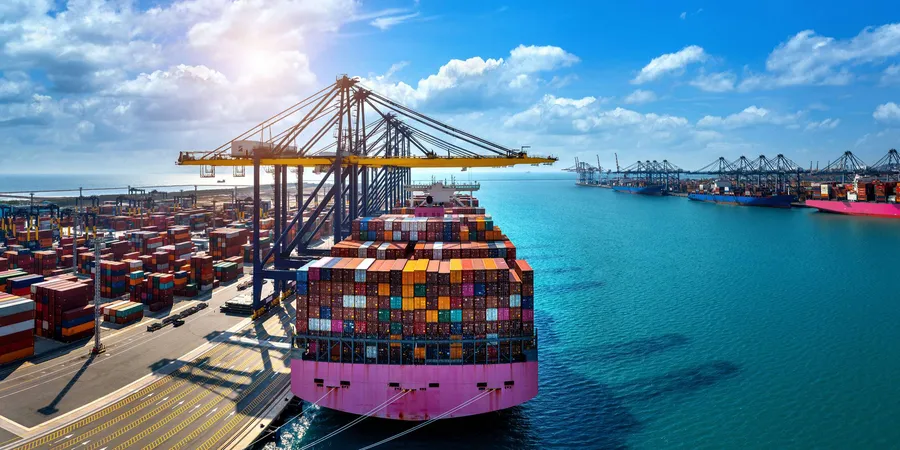Important Points for Safe Container Lashing
The estimated value of the world’s sea-borne trade for container shipping industry is about 52%, which is highest among all other types of trading means. Container or liner trade is one of the fastest and easiest modes of transporting cargo. With increase in size and technology in the shipping industry, the container ship is now able to carry more than 15000 containers, with around 8 or more containers stacks lashed together to form of long series.
However, container lashing, the process of securing containers together on board ship, is one of the greatest areas of risks in the marine cargo handling sector.
What is Container Lashing?
When a container is loaded over ships, it is secured to the ship’s structure and to the container placed below it by means of lashing rods, turnbuckles, twist-locks etc. This prevents the containers from to move from their places or fall off in to the sea during rough weather or heavy winds.
Who Does the Container Lashing?
Normally Stevedores are responsible for lashing and de-lashing jobs in port. However, due to less port stay and constraint of time, deck crew is also responsible for this operation.
Before arrival of the port, ship’s crew normally de-lashes the container so that time can be saved in the port and the containers can be discharged immediately after berthing.
The container Lashing is regularly checked by the ship’s crew so as to avoid any type of accidents due to improper lashing.
Important points to be noted for safe lashing and de-lashing operation
🔸 Wear all the required Personal protective equipments (PPE) such as reflective vest, steel toe shoes, hard helmet, gloves etc.
🔸 Stretch and warm up your muscles prior to working as it is a strenuous physical job.
🔸 Try using back support belt and always use your knee to lift.
🔸 Be cautious while walking around the ship as the ship structure can be a tripping hazard.
🔸 Be careful from slip, trip and fall while boarding or leaving ship from gangway with carrying loads like rod, clits etc.
🔸 Do not walk under suspended load i.e. gantry, hanging container etc.
🔸 Work platform, railings, steps, and catwalks must be inspected prior to the starting of operations.
🔸 All manhole cover or booby hatches to be closed while lashing.
🔸 Be careful while walking over the rods and twist locks while working. Always keep the lashing equipments in their assigned place or side of the walking path.
🔸 Understand the plan and order of lashing and unlashing.
🔸 The reefer containers require extra attention and coordination for plugging and unplugging when loading or unloading is carried out.
🔸 Beware of trip hazard due to reefer container power cord.
🔸 Do not touch any electrical equipment or power chord until it is instructed that it is safe to work on.
🔸 All the lashing and other materials must be removed and secured from the top of the hatch cover prior to the removal of the same.
🔸 Be careful of fall hazard when lashing outside container on the hatch cover or pedestal.
🔸 Fall arrester or safety harness must be used by workers when operating aloft.
🔸 Always be at a safe distance from co-workers during lashing or unlashing containers as the long rods can be hazardous if not handled properly.
🔸 It is a normal practice not to lash or unlash any closer than at least 3 containers widths away from other co-worker.
🔸 Always work in pair when handling rods and turnbuckles.
🔸 Always walk the bars up, slide them down and control the rods at all time.
🔸 Do not leave or throw the rod or other equipment until you are sure that it is safe to do so and no one is around the vicinity.
🔸 Do not loose a turnbuckle and leave the rods hanging. When securing a rod, turnbuckle must be tightened right away.
🔸 Always report defective lashing gear, defective ship’s railing, or any other inadequate structure or system involved in the operation to the concerned person or ship’s staff.
Several container lashing incidents have taken lives of seafarers in the past. Handing cargo containers is not an easy job and needs adequate safe practices to carry it out safely and adequately.
References: nmsa





